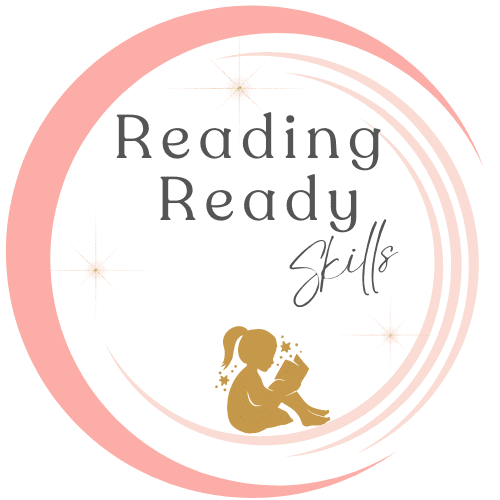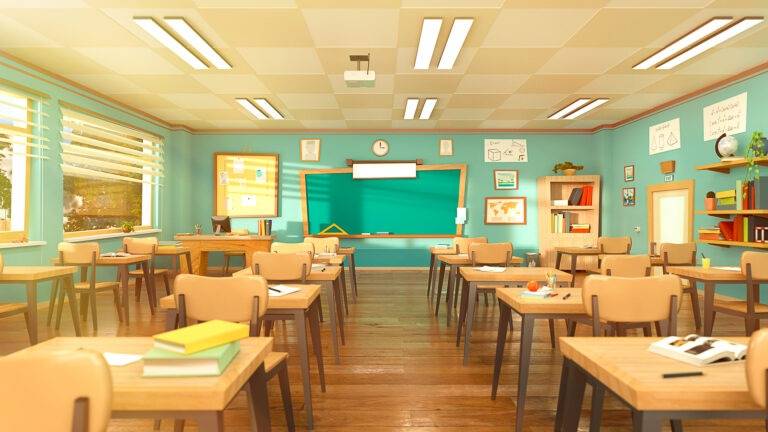Teaching Figurative Language Types: 5 Ways to Get Kids Engaged

Teaching figurative language types is a great way to model creative writing. And teaching students how to write creatively can open up a whole new world for them. They can learn how to use their words to describe things and ideas in detail, so that the reader can create a visual. To those of us who love language, reading, and writing, this can be fun and exciting! However, for children and adults who have challenges in these areas… it’s not so fun. I can help. Teaching figurative language types to upper elementary and middle school students has given me some insight on the best ways to do this. I would love to share! Please read on for some helpful tips!
1. Use Posters for Definitions of Figurative Language Devices
The first step for teaching any new skill is to help students to understand it. Displaying posters of current skills and concepts is a great way to help with students’ memory of the definition and provide examples. I will be the first to admit, it also helps with mine! It makes sense that understanding figurative language definitions will help students to apply this skill in their own writing. It can be fun to practice descriptive writing using figurative language. Ok, it can be fun for some of us. However, it isn’t always fun for those who struggle. Some students can easily become confused with remembering the difference between each type. For this reason, I created posters for 7 of the figurative language types commonly taught in grades 3-6.
Each of the 7 figurative language definition posters includes one type of figurative language device (simile, metaphor, onomatopoeia, hyperbole, personification, alliteration, idiom). I’ve included a definition, example sentence and highlighted key words. I would suggest using the posters to introduce each type (in the order that you prefer), and then posting it as a classroom resource. Once students have learned each type (or just a few- that’s up to you), the posters can also be used to label activity centers in the classroom for either group or individual practice. Of course, teachers are super creative. So you might think of yet another way to use these.
2. Start Simple, with Similes and Metaphors
Similes and metaphors are usually the first figurative language types taught, and they seem to be easy to include in sentences. However, many students find it confusing to tell the difference between the two. Depending on the needs of your class, you may find it helpful to come up with a saying, visual reminder or hand motion to help students to remember the difference between each type.
When coming up with their own sentences, some students may need some additional support as they try to come up with comparisons to create their own similes and metaphors. For example, they may understand that snow is cold, but might need some support to name another object that is also cold. These students might benefit from a classroom resource that offers a collection of pictures of similar items. For example, you might want to create (either on your own or as a class) a collage of pictures of soft items, and then practice writing similes and antonyms that include these items to describe things that are soft. I’ve found that students tend to be more engaged in writing when they can write about things they like. Check out my Simile and Metaphor Task cards below.
3. Work Together
Next, once students have a basic understanding of figurative language definitions in general, they may be ready to dive further into the concept. The examples on my definition posters (see link above) are a great way to start to model for students how to analyze figurative language meanings. Then, if they are ready, it can be fun to create your own sentences together as a class. I have found it best to start simple.
4. Creatively Practice for Understanding
Since all students and classes are unique, and curriculum varies, I would suggest that you use your own judgment as to which of the figurative language types to teach at one time. To give a personal example, I have found that children with language based learning disabilities tend to confuse hyperboles with metaphors. To help illustrate the difference, I break out my (not so great) acting skills. I act really dramatic, while being “hyper” at the same time. This often helps them to remember that “hyperbole” means overly dramatic and not realistic. This is great for middle schoolers, because you might only have to do it once. They might roll their eyes, but they might try to remember it so that you won’t do it again! 😉
5. Use Figurative Language Task Cards
We know that a fun activity will always work wonders. If you have covered all 7 common figurative language types, and students are ready to practice, you may be interested in my figurative language task cards below. We know that any time a learning activity feels like a game, it automatically becomes fun. I hope that you found some helpful tips and resources for teaching figurative language types!
Figurative Language: Task Cards on TPT
https://www.teacherspayteachers.com/Product/FIgurative-Language-Forms-Task-Cards-grades-3-6-10932302






